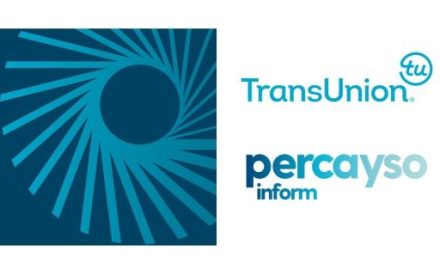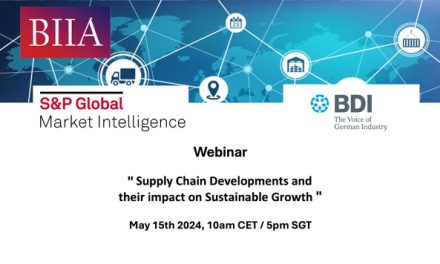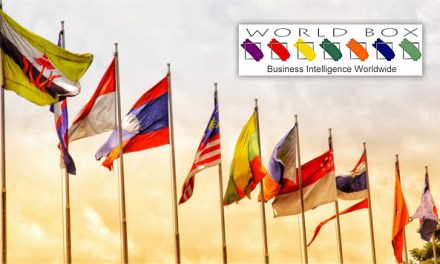It’s been nearly five years since Open Banking was launched in the UK, and although initial adoption rates were somewhat lower than expected, there is evidence that the platform may be a ‘slow burner’. Recent research suggests that usage is now growing rapidly, with the number of Open Banking transactions growing 10% month on month*. This growth is impressive, albeit from a low base, with around 10% of digitally enabled customers using one or more Open Banking products as of March 2022*.
Recognising the appeal
From a consumer perspective, this growth is no doubt driven by many factors, including the benefits of money management, increased payment options, and reduced security concerns as take-up becomes more widespread. Consumers with limited credit history, typically renters, find that the use of Open Banking provides assurance to lenders and enables them to access lines of credit that would otherwise be unavailable based on their credit rating.
From a lender perspective, the benefits of Open Banking are also strengthening. With intelligent software able to accurately classify transactions and track the stability of income and expenditure over an extended period, lenders gain a new perspective on consumer affordability. Indeed, the ‘up to the minute’ nature of Open Banking data is particularly advantageous in times of macroeconomic change and provides a sharp contrast with the historic nature of static ONS survey data often used to create expenditure benchmarks within affordability assessments.
A new level of insight
Closer analysis of consumer transactions for evidence of returned direct debits and banking charges strongly supports the assessment of creditworthiness. The robust nature of Open Banking data has caused many lenders, particularly within the Near/Sub Prime markets, to prevent lending applications to progress unless an Open Banking connection request is satisfied. We would opine that the request for Open Banking will also result in a degree of self-selection, for example, applicants who have exceeded their overdraft limits will be less likely to provide consent. In today’s competitive lending environment, there is increasing pressure to adopt Open Banking as the failure to observe negative information visible to competitors (e.g., high levels of gambling transactions) will place them at a significant disadvantage.
Finally, Open Banking also provides an implicit additional defence against application fraud. This is because, with the permission of the customer and account holder, Open Banking APIs enable the sharing of banking data (including identity information, loans, credit card payments and transactional behaviour) with authorised third parties. In turn, this makes the falsification of information increasingly challenging for fraudsters.
However, one must acknowledge that Open Banking’s fraud prevention capabilities heavily rely on how effectively it is implemented in the first place, for instance, using FCA regulatory best practices, including strong customer authentication (SCA). Furthermore, Open Banking also contains an increased number of entry points for fraudsters to take advantage of, whether that be by customer account takeover or by accessing the personal customer data they need to conduct identity fraud. Thus, whilst Open Banking does not eliminate the possibility of fraud, particularly that of 3rd party fraud, it does force the fraudster to work far harder.
Challenging tradition
The outstanding question is: how will the emergence of Open Banking impact the use of Credit Reference Agency data, which, through industry-wide sharing of account performance data, has successfully enabled lenders to manage credit and fraud risk?
At this point, it is necessary to reflect on the differences between the data collected and derived by the Credit Reference Agencies (CRAs) versus the rather more focused and detailed view provided by Open Banking. A creditworthiness assessment based on Open Banking alone cannot account for the incremental risk associated with CCJs, historic arrears, credit card indebtedness, and elevated levels of credit activity.
For lenders particularly focused on a frictionless onboarding customer experience, the request for Open Banking, which requires the borrower to accept the connection request, could lead to an unacceptable level of dropout. For smaller ticket lending, or those with smaller margins, the incremental cost of each Open Banking connection will be a significant consideration.
Reshaping strategies: a hybrid approach to Open Banking
Ultimately, there are multiple considerations regarding data capture and how this is integrated within a customer journey. We are seeing many lenders adopting a hybrid approach and requesting Open Banking data only where there is a belief that creditworthiness or affordability is likely to be questionable. Based on the analytics Jaywing has performed with our clients, including a leading UK bank and an electronics lending platform, there is no doubt that Open Banking data can provide a strong indication of credit quality. However, we also observe this data as being highly complementary to the data provided by the CRAs rather than an alternative.
Harnessing the power
The take-up of Open Banking sets to maintain its upward trajectory and continue to bring about improvements in the assessment of affordability and creditworthiness. The data generated from Open Banking should be harvested and used alongside data from traditional sources, including CRA data, to improve the performance of credit scoring models. We are already seeing positive results from our AI-based modelling approaches where we have been able to optimally harness data from multiple sources and deliver increasingly impressive results.
 Nick Sime, Head of Modelling at Jaywing, a creative and media agency powered by science and enabled by technology, and primarily works within the company’s data science and risk consultancy. With 30+ years of experience in the industry, Nick is one of the UK’s leading risk strategy experts.
Nick Sime, Head of Modelling at Jaywing, a creative and media agency powered by science and enabled by technology, and primarily works within the company’s data science and risk consultancy. With 30+ years of experience in the industry, Nick is one of the UK’s leading risk strategy experts.
Nick’s expertise is in predictive modelling. He has presided over many scorecard developments, primarily in the areas of credit and fraud risk, and has also delivered multiple credit strategy reviews. More recently, Nick efforts have focused on exploiting the power Archetype, Jaywing’s AI based modelling tool, delivering consistent and impressive benefits over traditional models.
About Jaywing
Jaywing’s heritage is in risk consulting, having been founded in 1999 to deliver data analysis skills to the financial services industry; our experienced team of risk and data science specialists is now more than 50 strong, and has a depth of expertise unrivalled by any other provider. Having won the award of ‘Anti-Fraud Solution’ at the Credit & Collections Technology Awards, Jaywing’s collaborative approach ensures our fraud projects deliver ![]() true value for our clients.
true value for our clients.
Source: Credit-Connect


























